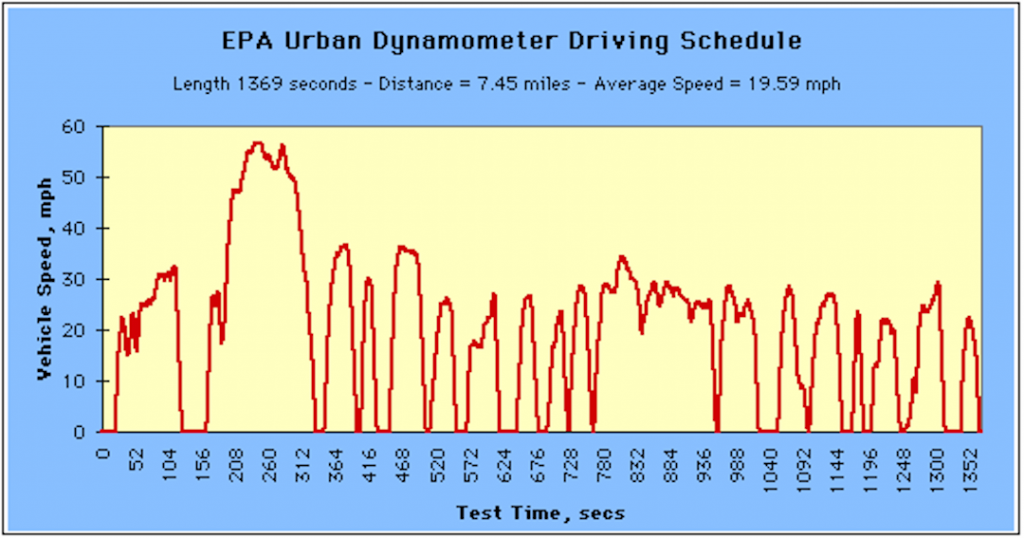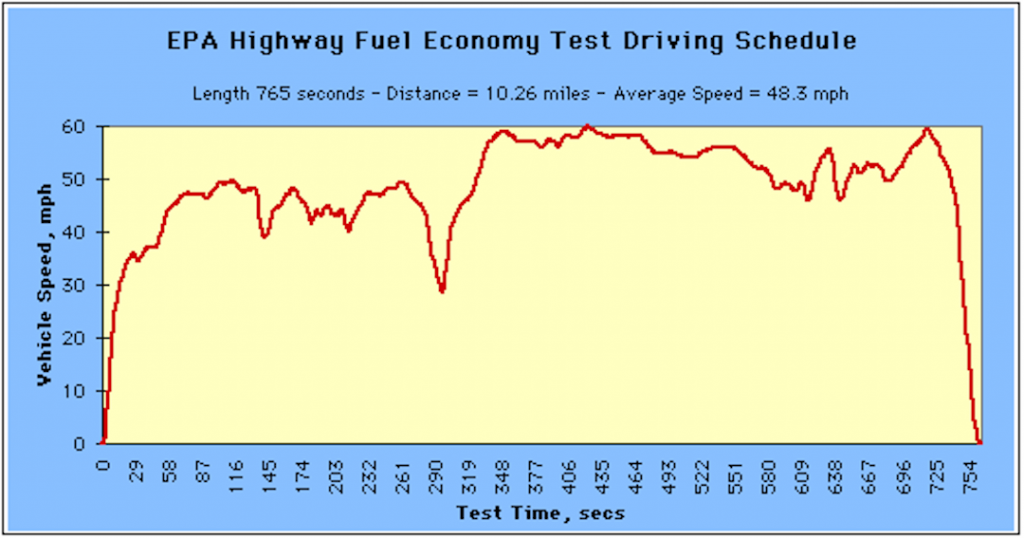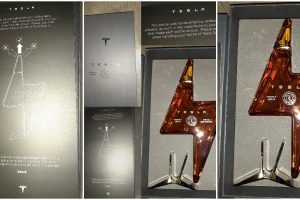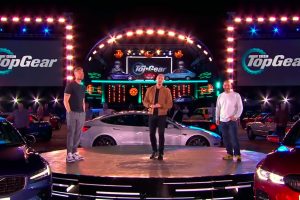There’s one statistic to rule them all when it comes to comparing electric vehicles: range.
Range gets headlines. It earns automakers bragging rights, or gives their competitors mocking rights. Range is what determines whether or not an electric vehicle will fit into someone’s lifestyle. Short-range EVs like the 84-mile Fiat 500e serve as great commuters, while long range 200+ mile EVs can do (pretty much) anything a gas car can do better.
In the United States, the Environmental Protection Agency is responsible for testing and rating the fuel economy of all road-going vehicles, and the methodology used for rating electric vehicle range is actually very close to what they use to test conventional vehicles.
The Dynamometer and Driving Cycles
The EPA tests cars on a dynamometer, also known as a dyno. A dyno is kind of like a treadmill for cars – the car is placed on rollers so the car can be “driven” while staying locked in place. Dynos can be used to gather all sorts of data about a car’s performance, such as horsepower and fuel economy. The EPA is obviously more interested in the latter.
On the dyno, vehicles are put through different driving cycles, where the cars are sped up or slowed down to hit prescribed speeds to simulate different kinds of driving. The two important cycles that EVs are put through are the Urban Dynamometer Driving Schedule (UDDS) and the Highway Fuel Economy Driving Schedule (HWFET).
The UDDS cycle simulates stop-and-go city driving by getting the test vehicle up to speed and back down to zero. It’s used to measure city fuel economy.

The HWFET cycle simulates sustained-speed highway driving by getting the vehicle up to speed, then having it fluctuate between various speeds in the 30–60 mph range over the course of the test. The wheels don’t come to a complete stop until the end. This test measures highway fuel economy.

Rating Electric Vehicle Range
The best EPA test for measuring electric vehicle range is known as the Multi-Cycle City/Highway Test Procedure. For this, the EPA will fully charge a vehicle, leave it parked overnight, and put it on the dyno the following morning.
The electric vehicle is then put through multiple UDDS and HWFET cycles until the battery is completely discharged and the car can no longer drive. The dyno measures how many miles the EV “travels” during testing to provide a preliminary range number.
The car is then plugged in with the charger provided by the automaker and charged back to full. The charger is on a meter to precisely measure how much electricity the charger draws during charging — including electricity lost to inefficiency. Then, the EPA does some math to determine the efficiency of the vehicle, measured in Miles per Gallon equivalent (MPGe).
The numbers from the closed-environment test at room temperature and relatively low speeds typically overstate the amount of range and efficiency an electric vehicle would see in real-world use. For example, the Tesla Model Y will travel 451 miles on the Multi-Cycle City/Highway Test Procedure — which is a much higher range than anyone would actually see driving the car in normal conditions. The EPA will multiply the preliminary range and efficiency numbers from the tests by 0.7 to provide a final rating more in line with what drivers can expect from their cars. For the Model Y, that’s 316 miles of range.
At the end of the day electric vehicle range ratings are an estimate, just like MPG numbers are just estimates for gas cars. The EPA and automakers can’t guarantee that any given driver of any given car will experience the rated numbers. More aggressive drivers will be less efficient and see less range as a result. Electric vehicles won’t go as far in cold weather either.
The important thing is to get an electric vehicle with enough range to fit your driving needs. Whatever those needs may be, there’s an EV out there that will meet them.
Source: Current Automotive; Editor’s Note: Current Automotive is the first-ever U.S. car retailer focused exclusively on used electric cars launched by two former Tesla employees.
Want to buy a Tesla Model 3, Model Y, Model S, or Model X? Feel free to use my referral code to get some free Supercharging miles with your purchase: http://ts.la/guanyu3423
You can also get a $100 discount on Tesla Solar with that code. No pressure.





